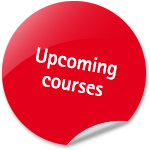Oops, an error occurred! Code: 20250702022617c7d459a5
-
The Academy
-
Research
-
Education
-
Team
-
Public Events
-
Publications
-
Service
Public Events
> Archive

